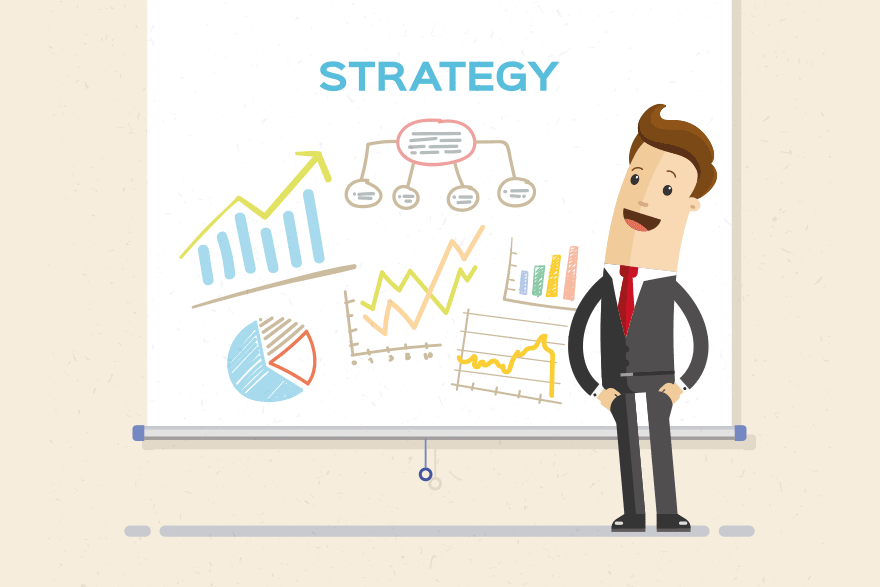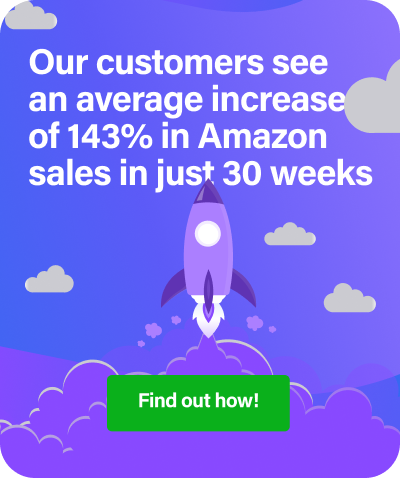Figuring out pricing can be one of the more challenging aspects of a business. First, you must look at the market around you. Then, you must find a price point that is sustainable for you without pricing yourself out of the market.
For digital products, that process can be a little more challenging as you often lack the same inventory restrictions or tangible results of a physical product. To price your product effectively, you need a pricing strategy.
Here are seven pricing strategies for your digital products.
1. Choose a High Price or High Volume
There are a few basic pricing strategies that you should consider before making a definitive decision about your prices. You can look at it one of two ways: do you want to sell for a high price or do you want to sell a high volume? Those who choose to pick a high-price strategy will plan on selling fewer products but receiving a significant margin in return. Those who choose a high-volume strategy will have less margin but sell more products. The goal is to find the sweet spot where one strategy yields the same revenue as the other.
Choosing price vs. volume also requires you to consider your demographic. If your product is targeted toward large businesses with resources available to spend on higher-priced products, it behoves you to take a higher pricing strategy. If you target entrepreneurs who work alone, higher volume will be your best bet.
2. Trial Periods
If your digital product offers a subscription service, there are a few ways to offer trial periods. The most common way is to offer a free usage period before an upgrade is required. You’ll see this strategy with Amazon Prime and Netflix. However, in doing so, you open yourself up to the risk of abuse. That’s why many subscription-based digital products are shifting toward a mandatorily paid period after the free trial ends.
Another method is to offer the first month at an extremely discounted rate, even as low as a dollar for the month. This gives people a chance to try your product without feeling like they’ve invested too much. Additionally, you collect their information to add to your sales funnel for future promotional activity.
3. Perks and Bonuses
In many cases, you might have customers who are interested in purchasing your product but are hesitant to commit. When these customers are teetering back and forth over the edge of the “purchase now” button, a perk or bonus could be the gentle push they need to convert.
The best perk to offer is something in alignment with your product. Perhaps it’s a free month added on to a subscription. Alternatively, you could offer something that a customer would use to run their business, such as free invoice templates or branding audit worksheets. Choose something that will add value and encourage customers to make the sale, and work this into the price.
4. Use Scarcity
Scarcity is an age-old marketing technique that has stood the test of time. If potential customers think that they run the risk of not getting something, they are more likely to buy it as soon as possible. You often see this strategy used with digital marketing products, as well as travel websites that show that only three rooms are left at a given rate. Scarcity elicits a psychological effect that will boost your sales and allows you to price your product higher when enrolment is open.
Another way a business can use scarcity to sell digital products is through enrolment periods. Rather than having a product be available year-round, you only allow people to purchase it at certain parts of the year. Not only does this produce the scarcity effect, but it also gives businesses the opportunity to focus on selling one product at a time, which is ideal for sellers with limited resources.
5. Tripwires and Upselling
A tripwire is a relatively new digital product pricing strategy that pays homage to the old infomercials that would merrily announce, “but wait; there’s more!” Once a transaction is completed, have your customers redirected to another page that gives them a limited time offer of a complementary product at a deeply discounted price. For example, if your digital product is a project planning app, the tripwire may lead to a book regarding effective project management, offered for half the regular price. The key is working with scarcity by adding a time limit on the offer.
For this pricing strategy to work effectively, you need to ensure that you have a tripwire product that can be used effectively without costing you money to discount. Using the prior example, if you have a new book and using it for a tripwire will put you below your required margin, it’s not the right choice. If you have an older book that isn’t selling or an eBook that doesn’t have overhead, then it will make an excellent tripwire.
6. Tiered Pricing
Tiered pricing is a way to hit multiple demographics at once, and give customers what they need. This pricing strategy is similar to the gold, silver, and bronze sponsorship packages used by event promoters: the more you pay, the more you get. For example, if you have a digital employee scheduling service, your tiers might be determined on how many employees can be added to the service, whether or not it integrates with a payroll system, etc.
Tiered pricing also gives you a better idea of what customers find valuable. If you find the majority of your customers are purchasing the middle tier product, you can adjust your pricing accordingly to increase your revenue for that tier or drive traffic to the other two. If you have one hundred customers purchasing your tier one package each month, increasing that price by five dollars could give you an extra $12,000 in revenue over a year. Alternatively, lowering the premium package slightly to make it less of a jump might encourage middle-tier buyers to invest the extra. Either way, it’s a win-win.
7. Always be Testing
After you’ve been selling digital products for a while, the pricing component shouldn’t be challenging– you just have to make outcome-based decisions. If people aren’t responding to the price you’re offering, reduce the price or add value and see what happens. Dig a little deeper, and you might discover that the pricing strategy is great, but your advertising needs work.
Find out what your customers are willing to pay and make decisions based on that information. As with all areas of your business, you should always be testing, looking at results, and making adjustments to become more successful.
Final Thoughts
Want to price your Amazon products competitively? Consider automating your prices with Amazon repricing software. RepricerExpress offers a free-30 day trial for you to test it out for the holiday season.



